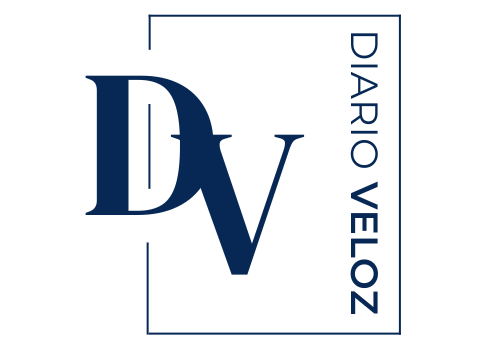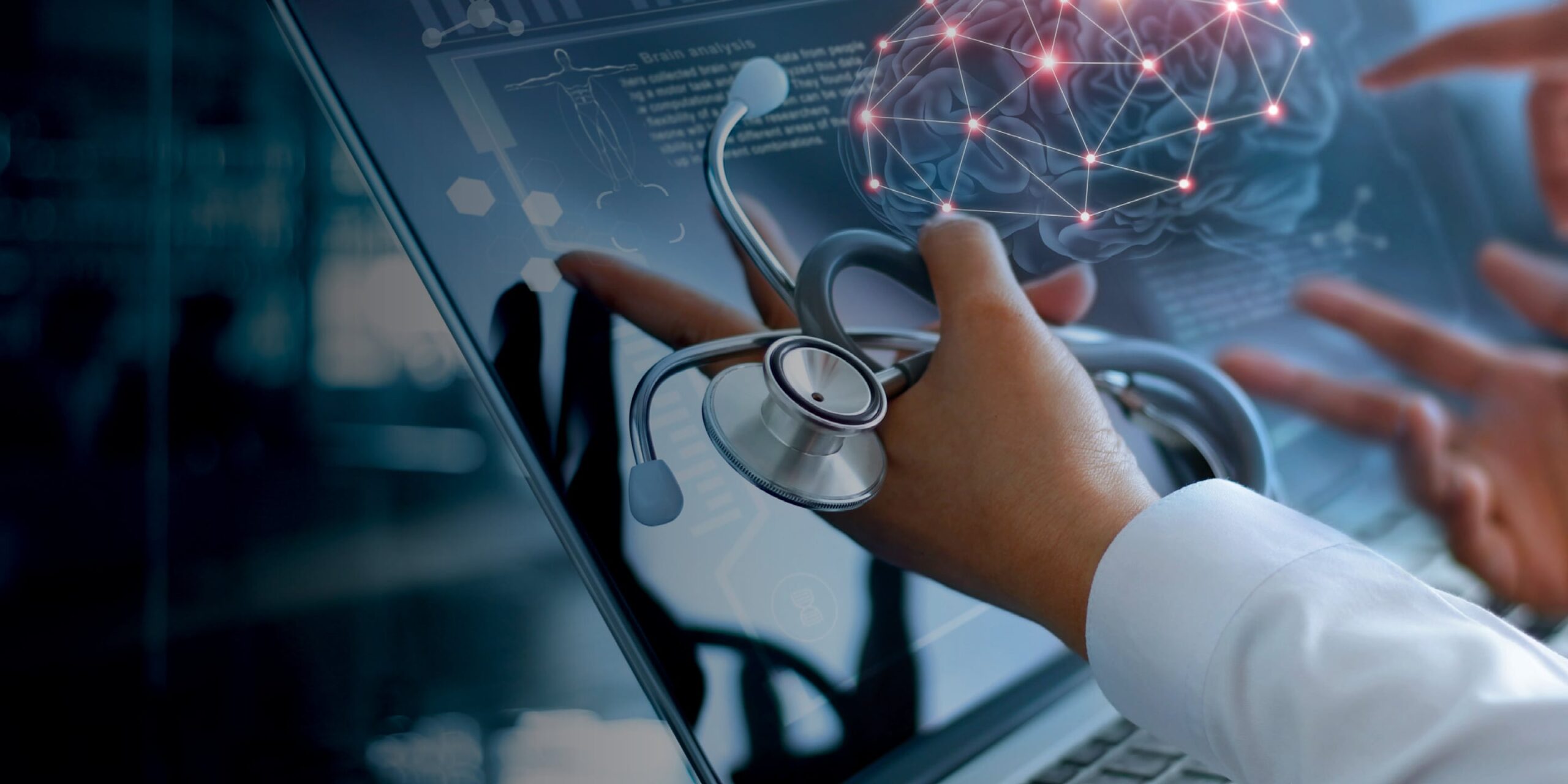The healthcare sector is undergoing an extraordinary upheaval because of technology in this digital age. It is transforming the way healthcare professionals diagnose, manage and treat patients.
From the development of new drugs to automated data collection, technology is integral in increasing productivity, efficiency, and accuracy in healthcare.
In this post, we’ll talk about how technology is boosting productivity in the healthcare field.
How Technology Is Increasing Productivity in the Healthcare Industry
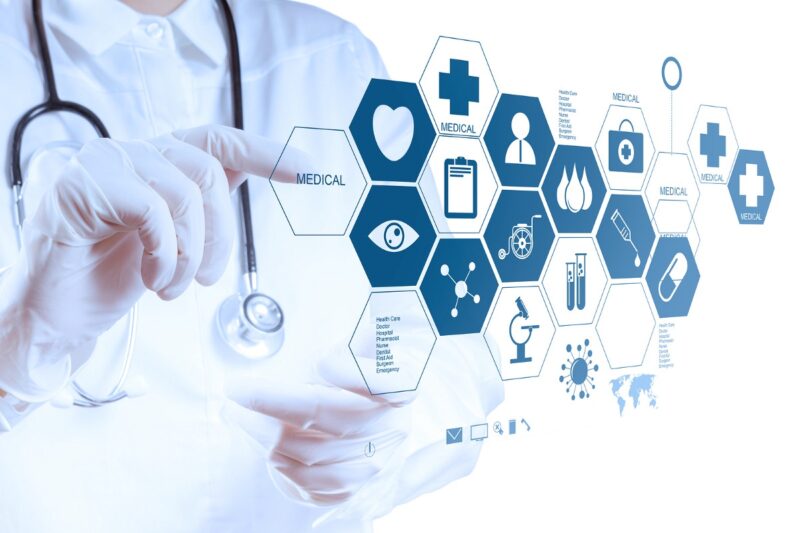
The use of technology in the healthcare industry is becoming increasingly important to increase productivity and reduce costs. Technology is being used to improve patient care and safety, automate administrative tasks, reduce errors, and streamline communication between healthcare providers.
One of the main ways that technology is increasing healthcare productivity is through integration, which allows healthcare providers to quickly and easily access patient information, eliminating the need to search through paper records manually.
This saves time and allows providers to spend more time with patients. It also provides more comprehensive patient data, which helps providers make more informed decisions and provide more effective care.
Technology also facilitates greater information access, which enhances patient care. For instance, telemedicine enables medical professionals to communicate with patients from a distance, improving care and decreasing wait times.
Using mHealth apps also allows patients to monitor their health and provide feedback to healthcare providers, increasing the efficiency of medical care.
Finally, technology is being used to automate administrative tasks, such as billing and coding, reducing errors and ensuring accuracy.
Automated systems can also reduce paperwork and administrative costs, allowing healthcare providers to focus more on patient care.
Examples of Technology in Healthcare
1. Electronic Health Records
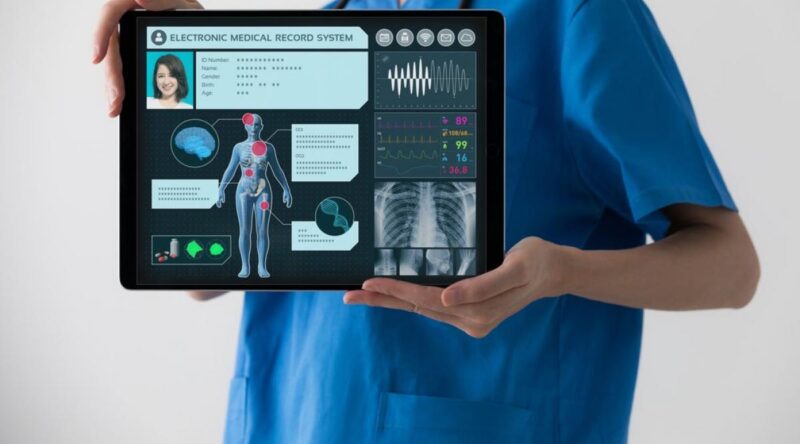
EHR is a digital representation of patients’ medical records that are accessible to registered healthcare professionals.
The integration allows providers to quickly access and share patient data, including medical history, vital signs, medications, laboratory results, radiology images, and more.
EHR integration allows medical professionals to make better judgment calls, increase patient security, and lower prescription errors.
2. Telemedicine
It is the practice of delivering medical treatment remotely through electronic information and communication technologies.
Telemedicine enables healthcare providers to diagnose and treat patients remotely, often using video conferencing, remote patient monitoring, and other technologies. Patients in far-off locations may need fewer in-person visits, improving access to care.
3. Medical Device
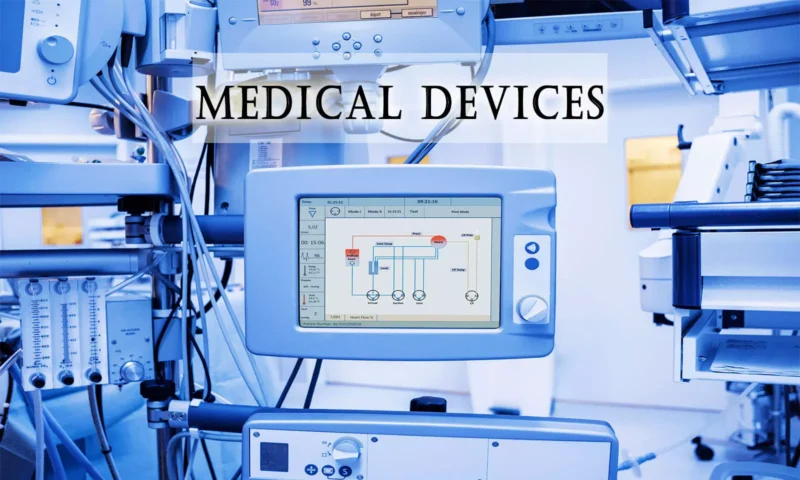
Portable, the term “medical device” refers to equipment that can be worn on the body to track vital signs and deliver health-related information.
These devices can keep an eye on your heart rate, blood pressure, amount of exercise, sleep cycles, and other things. This data can be used to monitor health conditions, track progress, and inform treatment decisions.
4. Artificial Intelligence
AI is a term that denotes the use of software and methods to mimic human intellect. In healthcare, AI has been used in a variety of ways, from diagnosing diseases and predicting outcomes to automating administrative tasks and streamlining processes.
5. Electronic Prescribing
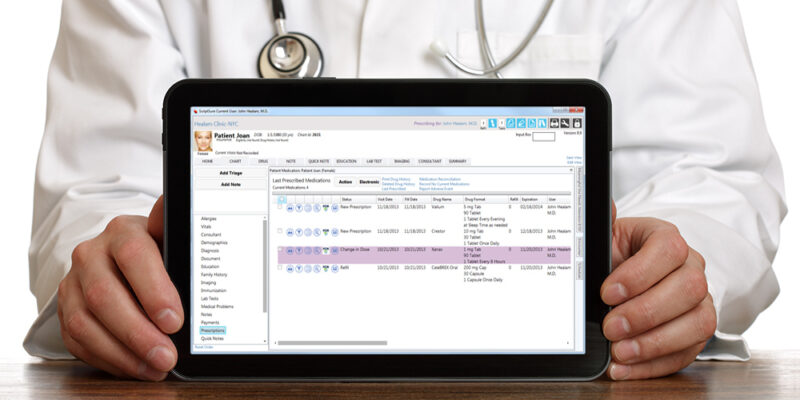
It is the use of digital platforms to send prescriptions to pharmacies. This eliminates the need for paper prescriptions, which can be lost, forged, or tampered with. Electronic prescribing is more secure, easier to manage, and reduces the risk of errors.
6. Downloadable software
Programs for mobile devices are referred to as mobile medical apps. These apps can provide information, track data, and even provide remote monitoring.
For example, some apps allow patients to track their health data and communicate with their doctor or provide doctors with instant access to medical records.
7. 3D Printing
It is the process of creating a three-dimensional object from a digital source. To make prostheses, implants, and other medical items for use in healthcare 3D printing is used. It can also create models of organs and body parts for surgical planning.
Challenges of Technology in Healthcare
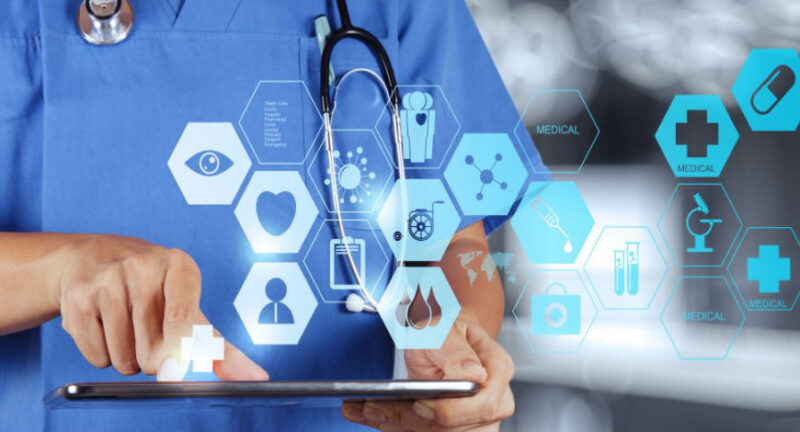
1. Data Security and Privacy
Data security and privacy is a major challenges for technology in healthcare. With the introduction of electronic health records and other digital technologies, the risk of data breaches and privacy violations is becoming increasingly common.
Healthcare organizations must ensure they have sufficient data security procedures in place to safeguard patient information.
2. Interoperability
Healthcare organizations must be able to share data with other healthcare providers, such as laboratories and pharmacies, to ensure that patients receive the best care. This requires interoperable systems that can effectively communicate with one another.
3. Cost of Technology

The cost of technology can be a major barrier to healthcare organizations. Implementing and maintaining technology can be expensive, and healthcare organizations may need more resources to invest in these solutions.
4. Lack of Standardization
There needs to be more uniformity in healthcare technologies. Different systems use different data formats and coding systems, leading to confusion and data errors.
5. Compliance
Healthcare organizations must comply with various laws and regulations, such as HIPAA, regarding technology. This requires organizations to have proper security measures in place and regularly monitor their systems for compliance.
6. Workforce Training
Introducing new technology can be disruptive to healthcare organizations and their staff. Organizations must provide adequate training to ensure their staff can use the technology effectively.
7. Cybersecurity

Healthcare organizations are vulnerable to cyber attacks due to their use of technology. Healthcare organizations must ensure that they have adequate cyber security measures in place to protect patient data and other sensitive information.
8. Integration
Healthcare institutions need to be able to incorporate new technology into their current infrastructure. This can be difficult since many systems could not work together.
9. A lack of resources
Healthcare institutions might need more money to spend on cutting-edge equipment. This may be a significant obstacle to using technology.
10. Legacy Systems
Healthcare organizations may have legacy systems that are not compatible with newer technologies. Upgrading these systems can be challenging, as it may require replacing existing hardware and software.
Benefits of Technology in Healthcare

1. Patient Satisfaction Care
Technology has allowed medical practitioners to give their patients better, more effective care.
By utilizing electronic medical records, doctors can store and access patient information from any location with an internet connection, which allows them to quickly and accurately diagnose illnesses and prescribe the most effective treatments.
2. Effective Communication
The ability to interact with patients and healthcare providers is also eased by technology. With the help of telemedicine, providers can connect with patients virtually and provide personalized care without being in the same room.
3. Reduced Costs
Technology has helped reduce the cost of healthcare by streamlining processes, eliminating paperwork, and improving efficiency. Automation has allowed healthcare providers to devote fewer resources to administrative tasks, freeing them to focus on patient care.
4. Increased Accessibility
Technology has enabled healthcare providers to care for more people, even in remote areas. Healthcare providers can reach more patients and provide the necessary care by utilizing telemedicine and other digital tools.
5. Improved Diagnostic Tools

Technology has enabled healthcare providers to develop more accurate and sophisticated diagnostic tools. These tools allow them to quickly and accurately detect illnesses and diseases and provide the most effective treatments.
6. Better Patient Engagement
The use of technology by healthcare professionals has increased patient involvement. By utilizing digital tools such as mobile apps, healthcare providers can provide patients with personalized care and advice and access to their medical records.
7. Improved Safety
Technology has enabled healthcare providers to improve facility safety by utilizing automated systems to monitor vital signs and alert them to potential risks. This helps to ensure that patients are receiving the best possible care.
8. Improved Research
Technology has enabled healthcare providers to conduct more sophisticated and detailed research into various diseases and treatments. This helps them develop better treatments, medications, and more accurate diagnoses.
9. Improved Drug Delivery

Technology has improved the delivery of drugs to patients, allowing for more precise and timely delivery of medications. Automated systems can monitor patients’ vital signs and alert healthcare providers when medications need to be administered.
10. Improved Quality of Life
Technology has enabled healthcare providers to improve the quality of life for their patients by providing them with better, more efficient care. By utilizing electronic medical records and other digital tools, healthcare providers can provide their patients with personalized care and advice, and access to their medical records.
11. Improved Analytics
Technology has enabled healthcare providers to collect and analyze data more effectively. By utilizing big data and analytics, healthcare providers can identify trends and gain insights into patient health and behaviors, which can help them provide more effective treatments and improve patient outcomes.
Conclusion
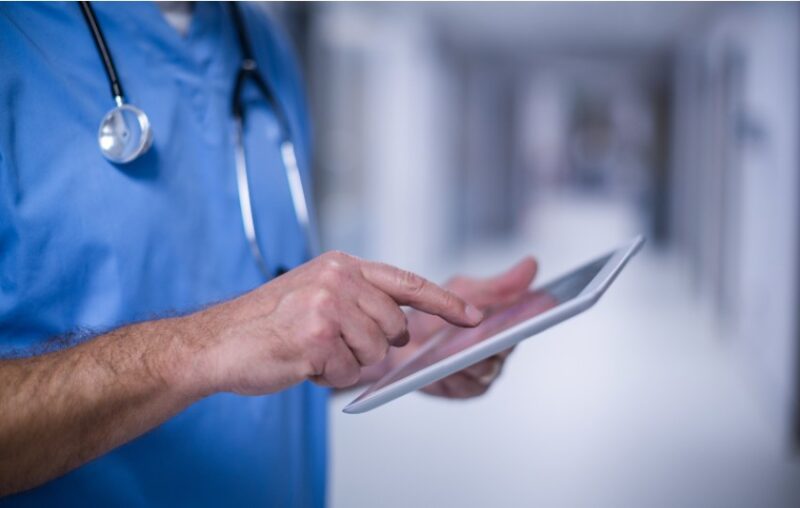
The healthcare industry is transforming with the aid of technology. Healthcare professionals may now deliver services more smoothly and efficiently thanks to technology.
It is allowing for a greater range of services and treatments, improved accuracy of diagnoses, faster delivery of services, better access to information, and improved patient engagement.
Technology is also assisting with cost-saving measures and raising the standard of care. In short, technology is helping to increase productivity, reduce costs, and improve the overall quality of care in the healthcare industry.
